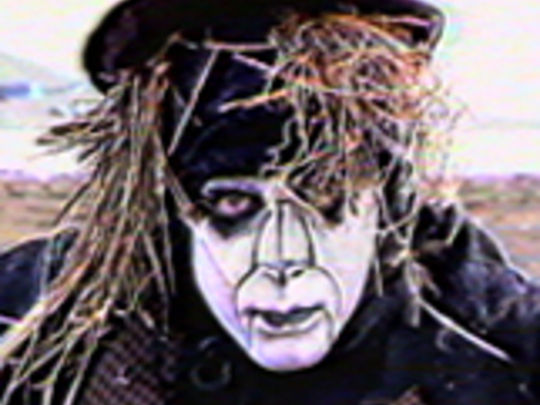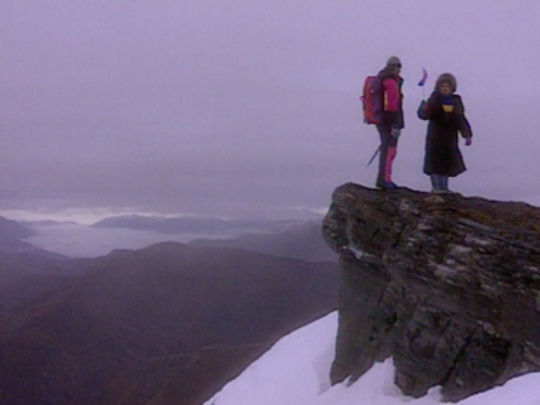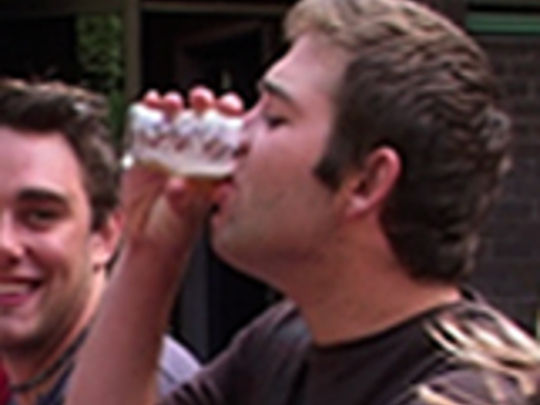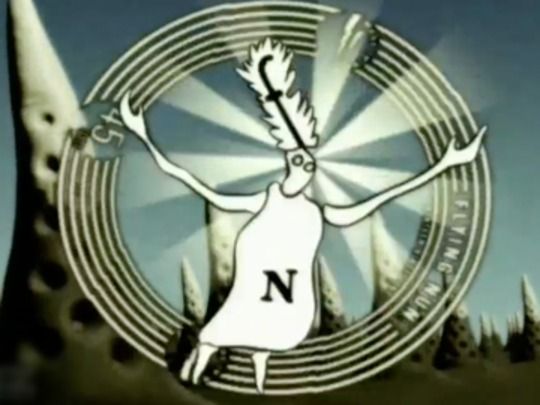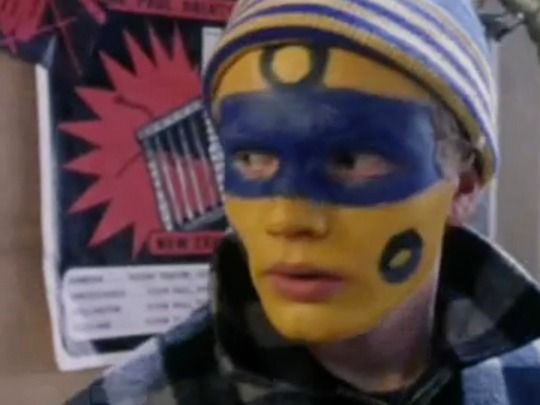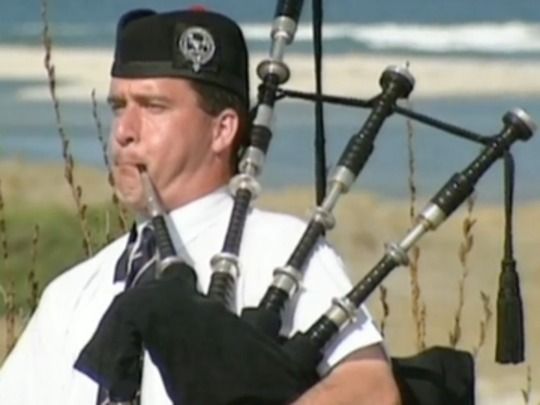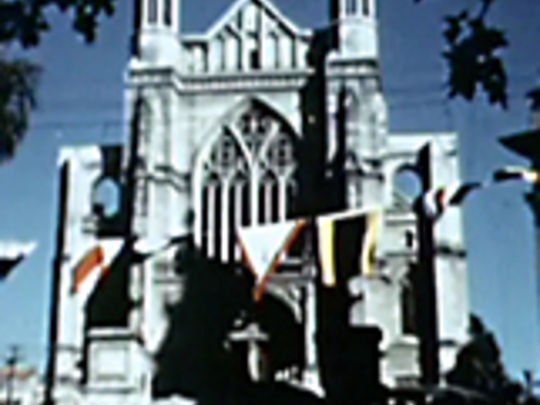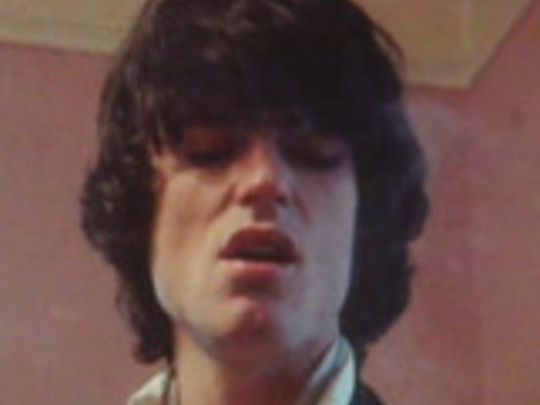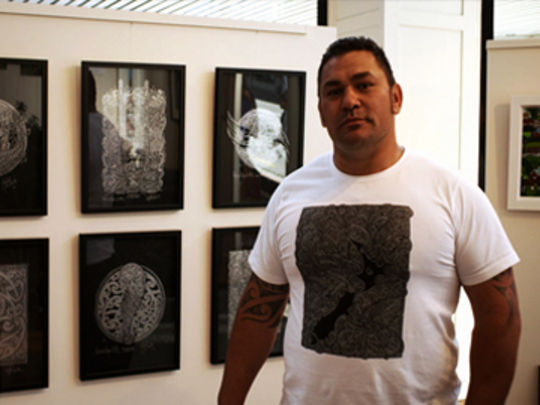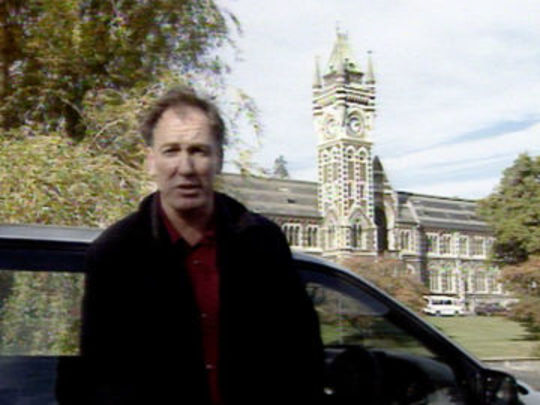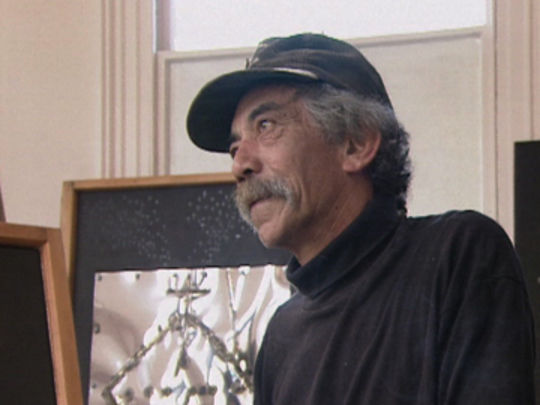Dunedin
Dunedin's Creative Impulse
If there’s one thing that defines the city of Dunedin, it is creativity.
I’m the mayor of a small city, yet we’re regarded as a leader, starting right back from the goldmining days when Dunedin was New Zealand’s most influential centre. The Dunedin story is about a pioneering spirit that lives on today, and the creativity that has developed a "new gold" of knowledge and design — distance is no barrier to technological innovation.
From innovative world-leading commerce to a thriving design and arts culture, our common thread is creative impulse. It shows up everywhere — in music, fashion, screen production, art and architecture. For a city of 126,000, Dunedin nurtures a high proportion of clever entrepreneurs.
Nothing says this more in this Dunedin collection than the Dunedin fashion industry.
Made in Dunedin is about the cutting edge designers who’ve developed fashion labels, created an industry, and made Dunedin home. I love that Dunedin nurtures this fashion creativity and its fashion personalities, supported by the likes of Otago Polytechnic. Echoes of Dunedin’s early 20th century rag trade traditions are expressed in what has become iD Fashion: the edgy New Zealand fashion week attraction making the most of a unique Dunedin Railway Station backdrop.
Leading edge creativity is also reflected in the arts. Dunedin’s own Ralph Hotere didn’t follow; he created new paths to express his artistic talents. His paintings are an iconic legacy, but he left it to his artwork (and other people) to do the talking.
Music is so integral to Dunedin: remember 1984, when The Chills were number one. The Dunedin sound really typified what we were capable of — not following other’s leads, but creating our own brand, making our own way in the world. That’s what the Flying Nun label was all about. Radio with Pictures also reminds me of when the rest of the country cast envious eyes on Dunedin’s ability to produce fresh distinctive music, band after band.
To get a taste of iconic Dunedin music, including Martin Phillipps' 'Pink Frost' and 'I Love my Leather Jacket', look at The South Tonight flashback — it’s a real collage of the city in the mid 1980s, complete with Dunedin icons from student flats to Larnach Castle. The programme also showcased the thriving production capability of the era, back before local television production was centralised.
Watching It’s in the Bag also brought back the memories of provincial TV, and made me reflect on home appliances. While that might not shout creativity, or even Dunedin for that matter, it is actually part of the Dunedin story. The city was home to several appliance manufacturers in its early years, most notably Fisher & Paykel. And Dunedin well and truly led the way in new ways of doing things — think dishdrawer, a design icon. It epitomises creative problem solving. It’s in the Bag celebrity Selwyn Toogood also made Dunedin his home for many years.
Wildtrack again showcased innovative TV making; this episode focused on Dunedin’s wonderful wealth of wildlife. There is nothing more Dunedin than the Otago Peninsula and its royal albatross, the yellow-eyed penguins and the Hooker's sea lions.
Of course the Dunedin story is not complete without its tertiary links. Otago is our oldest university, but also a leading tertiary choice for students wanting to combine quality education with lifestyle. It brings vibrancy and creativity to the city. Scarfies combines the grungy side of student flatting with the dark side of New Zealand’s film tradition. It was written and filmed in Dunedin with no fuss — as is the Dunedin way.
The Dunedin Collection clips have brought back memories. They’ve also evoked a sense of pride in Dunedin people, because it’s reminded me that as a city, we punch above our weight in so many ways. I appreciate anew just what a supportive city infrastructure we have created in this very loveable and sustainable city (something its residents rate highly), for all that creative output.
And the creativity that those clips showcased is still here — we continue to forge our own way in the world.
We were pioneers in commerce, manufacturing, communications and the arts, and we’re still a city of firsts. For instance, Dunedin is recognised as having some of the best Victorian architecture in the world, and a fabulous heritage precinct. But it is also fast becoming New Zealand’s centre for stunning and cutting edge street art. The days of provincial television production have gone, but we have a niche film industry here that attracts the stars. We have produced many fine writers in the past, and we are still leading literature. Announced as a UNESCO City of Literature last year [2014], Dunedin has been internationally recognised as New Zealand’s only UNESCO Creative City. And appliance designers are still making Dunedin their head office.
I’m proud of our collaborative spirit, the strong emphasis on design, and our natural leadership in innovation. The Dunedin story lives on.
- Dave Cull did three terms as Dunedin's mayor. He was a presenter on 1980s and 90s home improvement shows The Renovators, Open Home and Home Front, and wrote books on everything from DIY to South Island weather. He died on 27 April 2021.
